Description
Poppy Papaver Danish Dwarf 2
Poppy Papaver Danish Dwarf 2. An eye-catching variety with the same beautiful large flowers as its cousin Danish Flag, but shorter at 18-24 inches tall, ideal for traditional bedding & container gardening. The flowers are distinctive with large bright red, fringed petals with a pure white cross in the center. The flowers are followed by highly ornamental seed pods that are prized for floral arrangements.
Cultivation Advice
- Sow seeds directly into the garden in early spring or late autumn, depending on the climate. Choose a spot with well-draining soil and ample sunlight.
- Ensure the soil is loose, well-draining, and fertile. Amend with compost or organic matter before planting to improve soil structure.
- Scatter seeds over prepared soil and lightly press them in. Avoid burying them too deep, as poppy seeds require light for germination.
- Keep the soil consistently moist during germination and early growth. Once established, poppies can tolerate drier conditions.
- Space plants about 6-8 inches (15-20 cm) apart to allow for proper growth and airflow between plants.
- Apply a thin layer of mulch to retain moisture and control weeds. Ensure the mulch doesn’t smother the emerging seedlings.
- Poppies generally don’t require heavy feeding. A one-time application of balanced fertilizer during planting should be sufficient.
- Remove faded flowers to encourage continuous blooming and prevent seed formation, allowing the plant to focus on producing new blooms.
- Monitor for pests like aphids or diseases like powdery mildew. Treat promptly with appropriate organic methods if detected.
- Provide support or stakes for taller varieties to prevent bending or toppling, especially in windy conditions.
- Poppy Papaver Danish Dwarf can be grown in containers with well-draining potting soil and adequate drainage holes.
- In colder regions, poppies might not survive harsh winters. Protect the plants by adding mulch around the base in autumn.
- Ensure the poppies receive full sun for most of the day, as they thrive in bright sunlight, aiding in robust growth and vibrant blooms.
- Poppy Papaver Danish Dwarf prefers well-draining soil. If your soil is heavy or compacted, consider adding sand or perlite to enhance drainage.
- Once established, poppies are relatively drought-tolerant. Water deeply but infrequently, allowing the soil to partially dry between watering sessions.
- Allow some seed pods to mature and self-seed for the following season. This can create a naturalized look, providing additional blooms in subsequent years.
- When deadheading spent blooms, be gentle to avoid disturbing nearby developing buds or young plants.
- Keep an eye on the plants for signs of stress, such as wilting or yellowing leaves. Adjust watering or provide shade during extremely hot periods.
- Periodically aerate the soil around the plants to improve oxygen circulation to the roots, aiding in healthier growth.
- Poppies generally don’t require heavy feeding. Avoid excessive fertilization, as it can lead to excessive foliage growth and reduced flowering.
- Consider planting poppies alongside companion plants that complement their growth habits and colors, enhancing the overall garden aesthetic.
- If expecting late spring frosts, consider using frost cloths or covering the plants to protect them from potential damage.
- Ensure mulch is applied around but not directly against the stems to retain moisture and regulate soil temperature. Refresh mulch as needed.
- Monitor the plants for signs of overcrowding. If they appear too dense, thin them out to provide ample space for healthy growth.
- Provide gentle support, such as small stakes or rings, to prevent sprawling or bending of weaker stems, especially in windy conditions.
- As the blooming season ends, allow some seed pods to mature if you desire self-seeding for the following year’s growth.
- Shield plants from strong winds to prevent breakage of delicate stems and flowers.
- Ensure adequate spacing between plants to allow for good air circulation, reducing the risk of fungal diseases.
- Remove any dead or damaged foliage promptly to prevent the spread of diseases and maintain the plants’ overall health.
- Adjust watering frequency based on weather conditions. During extended dry spells, increase watering, and reduce during rainy periods.
- If you prefer controlled reseeding, remove seed pods before they mature to prevent excessive self-seeding.
- Maintain a consistent feeding schedule, but avoid feeding during hot weather to prevent stress on the plants.

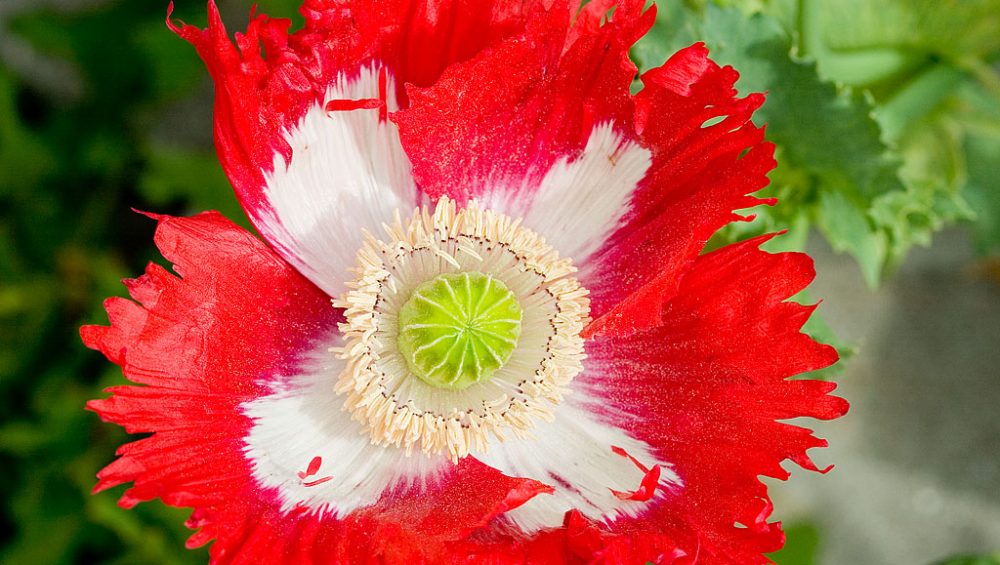
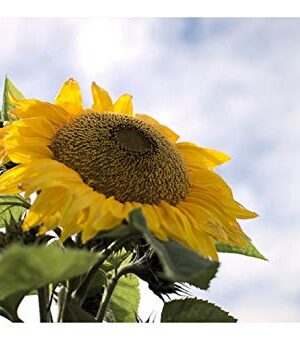

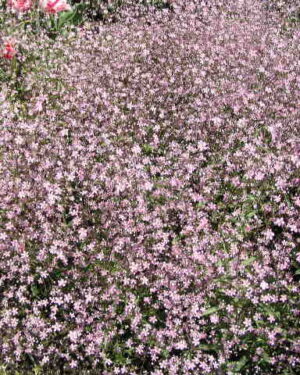


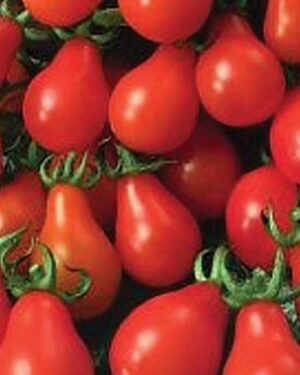
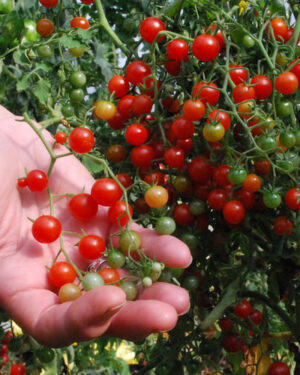
Reviews
There are no reviews yet.